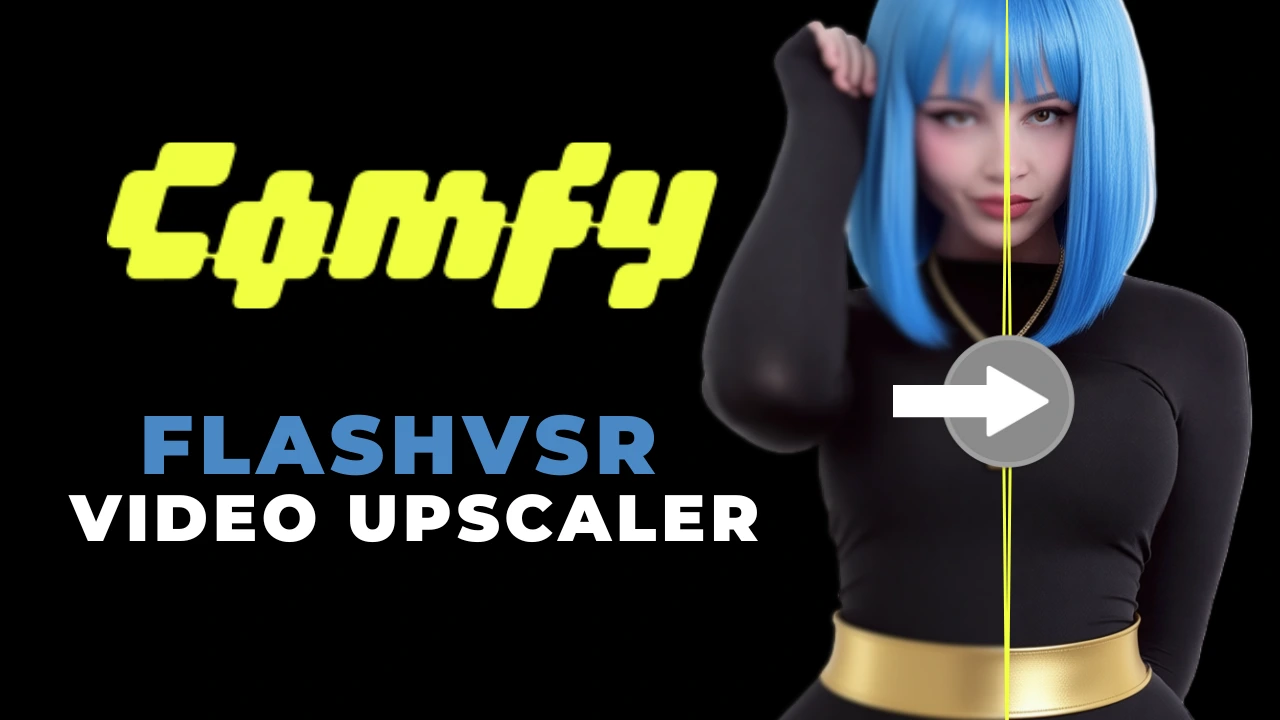How to Create Hyperrealistic GIF Animations Using Stable Diffusion
Table of Contents
1. Introduction
In the age of digital content creation, animations have become a crucial part of storytelling and engagement. Among the various formats available, GIF animations stand out due to their simplicity and ability to convey emotions quickly. With advancements in technology, particularly in AI, we are now capable of creating hyperrealistic GIF animations that can captivate audiences. One of the most powerful tools for achieving this is Stable Diffusion. In this blog post, we will guide you step-by-step on how to utilize Stable Diffusion effectively to create stunning GIF animations, ensuring you have the necessary extensions, configurations, and techniques to succeed.
2. Understanding Required Extensions
Before diving into the creation process, it’s essential to have the right tools at your disposal. Stable Diffusion requires specific extensions to generate hyperrealistic GIFs. The first major extension is the RP extension, which is tailored for generating highly detailed and consistent faces in your animations. This is crucial for maintaining the realism of character representations.
Next, you'll need the Animate Diff EX extension. This extension plays a vital role in animating the images smoothly while ensuring that they maintain a high quality.
If you haven't installed these extensions yet, don’t worry! We will provide detailed steps on how to get started.
3. Setting Up Stable Diffusion
Now that you understand the required extensions, let’s set up Stable Diffusion. Begin by launching Stable Diffusion and navigating to the Extensions tab. Once there, follow these steps:
-
Click on the Available tab.
-
Locate the Load From button and click on it.
-
In the search field, type Animate Diff and hit the install option.
After installing, you’ll also need a motion module from the Hugging Face website. Visit the official site, download the mmsd v14 ckpt file, and place it in the directory labeled stable diffusion web UI extension SD webui animated in your Stable Diffusion folder.
4. Configuring GIF Animation Settings
With the extensions installed, it's time to configure the animation settings for your GIF. First, navigate to the Settings tab in Stable Diffusion, then:
-
Select the Optimizations tab on the left sidebar.
-
Check the box labeled Pad Prompt Negative Prompt to be Same Length. This step is crucial as it prevents the generation of unrelated GIFs.
-
Click on Apply and restart the UI for the changes to take effect.
This setup will lay a strong foundation for creating your desired GIF animations.
5. Using the RP Extension for Face Consistency
Once your configurations are set, head to the Text to Image section within Stable Diffusion. Here, it’s important to select the Realistic Vision checkpoint for your model. Prepare to craft the perfect prompt that describes how you want your GIF animation to look, and don’t forget the negative prompt for the sampling method.
For the sampling method, we recommend using Euler A as it perfectly complements the Realistic Vision checkpoint, providing that hyperrealistic touch you’re aiming for. Set the sampling steps to 30, and for the width and height, a 9:16 ratio is optimal. Keep the CFG scale at 7, and set the seed to -1.
6. Generating Your GIF Animation
Once the basic settings are configured, scroll down to the Animate Diff drop-down menu. Here, you should see all the necessary controls for your GIF animation. Select the motion module that you downloaded earlier and enable the Animate Diff option.
Next, for the total number of frames, it’s recommended to set this to 16 frames. This aligns with the model’s training and yields the best results. Set the FPS (frames per second) to 8; this will help create a smooth two-second GIF animation since 16 frames at 8 FPS equals two seconds of animation.
Finally, save your animation as a GIF. Feel free to experiment with other settings but maintain this foundation for the best results.
7. Conclusion
In conclusion, creating hyperrealistic GIF animations using Stable Diffusion is a rewarding endeavor that combines creativity with cutting-edge technology. By understanding the necessary extensions like the RP extension and Animate Diff EX extension, configuring your settings correctly, and following the outlined steps, you can produce captivating GIFs that resonate with your audience. Remember, practice is key—don’t hesitate to experiment with different settings to enhance your skills further. Thank you for tuning in, and happy animating!



